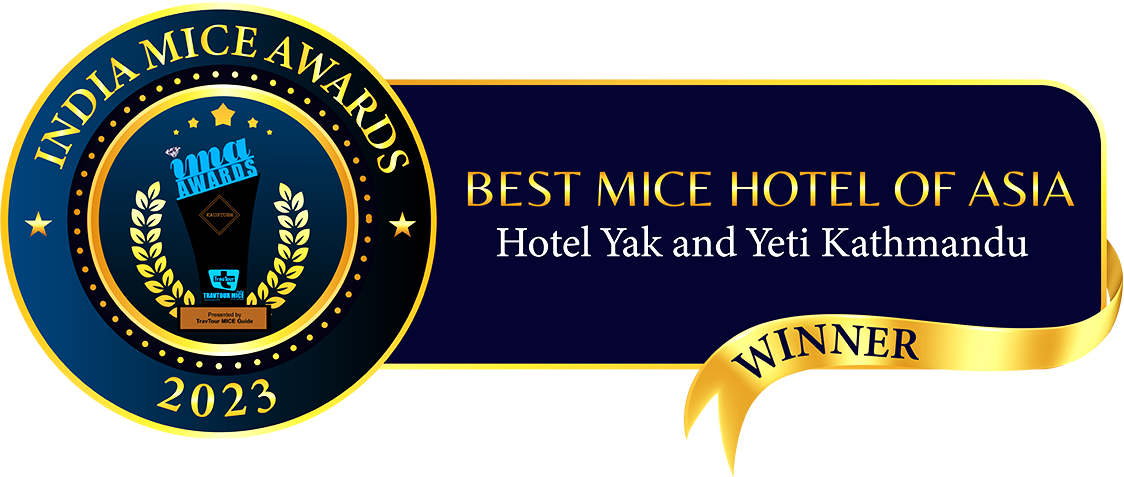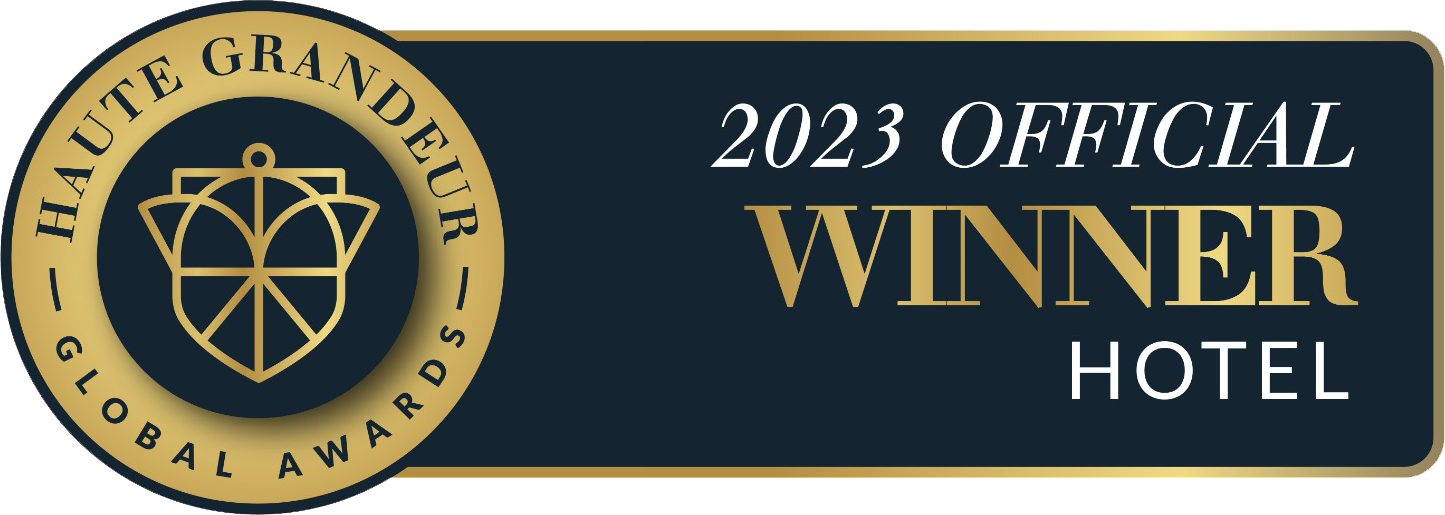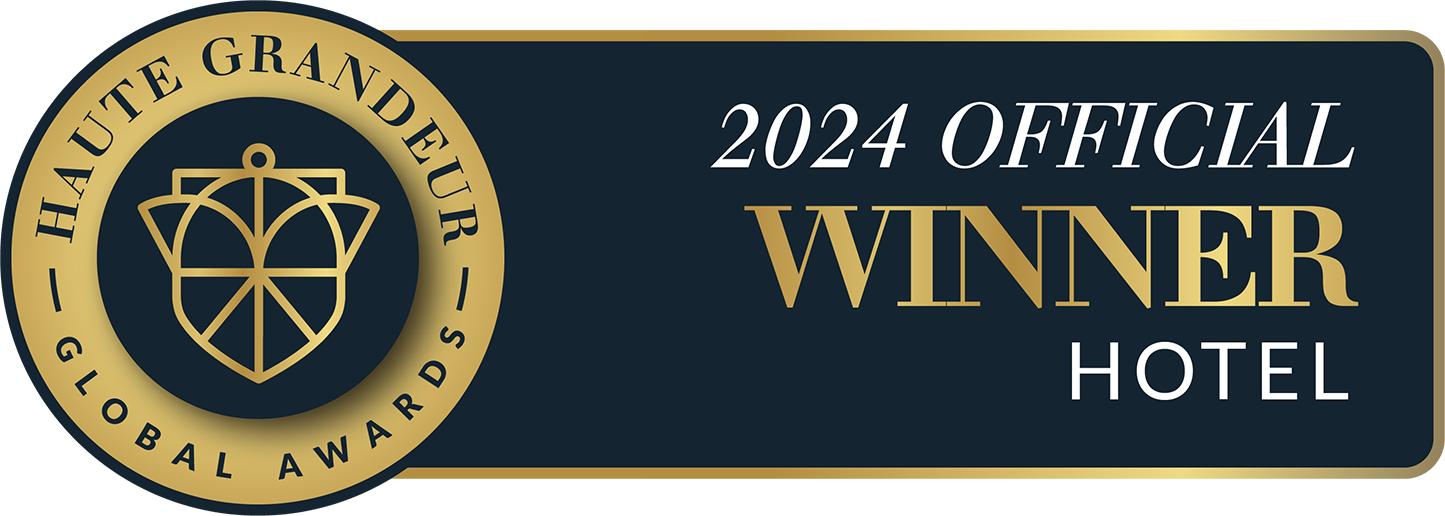Jewel of the Mid-West | Pokhara
Jewel of the Mid-West | Pokhara
Pokhara finds a place in the itinerary of most tourists coming to Nepal unless time constraints limit their visit to Kathmandu. ‘Lakeside Pokhara’, quite distinctly separate from Pokhara city, caters entirely to tourists and lies beside the popular Phewa Lake. With ample space and little traffic, visitors enjoy a relaxed life here at Lakeside. The picturesque Pokhara valley with its tranquil lakes and backdrop of shimmering Himalayan peaks entices hordes of tourists, many of whom make multiple trips to the valley. Today it is gaining fame as the adventure capital of Nepal with all manner of exciting sports: trekking, rafting, paragliding, zip lines and ultra-light flights. Trekkers arrive here to begin or end a trek as well as to relax after a strenuous hike in the Annapurna region. Friendships are made in crowded bars and restaurants, sharing experiences and exchanging ideas for an ideal holiday. Warmer than Kathmandu because of its lower altitude, Pokhara is pleasant in the winter and has a rich flora and fauna making it ideal for bird watching as well. Pokhara once lay on the important trade route between India and Tibet. Even today mule trains from Mustang and other Himalayan regions arrive in Pokhara and many traders spend the winter here with their yaks to avoid the extreme cold in their homeland. Besides the Magars and Gurungs who made up a large part of the British Gurkha forces, other well-known ethnic group found here are the Thakalis who are known for their entrepreneurship. They run many tea houses along the trek routes in the Annapurna region.
Places To See
Mountain Views Pokhara is blessed with stunning panoramic views of the Annapurna range which forms its backdrop. Stretching from east to west, the Annapurna massif includes Annapurna 1 to IV and Annapurna South. Further away are seen the giants, Dhaulagiri (8,167m) and Manaslu (8,163m).Machhapuchhare, although not the highest in the range, dominates the skyline because of its proximity to the valley. Phewa Lake Pokhara wouldn’t be the same without its lakes. Phewa is the largest and most beautiful of the three lakes attracting a large number of visitors who enjoy boating on its placid waters. Boats can be hired and many visit the island temple that lies out in the middle of the lake. Sailing is another attraction. Lakeside is a thriving resort town with its hotels, restaurants, bars and souvenir shops stretching beside the lake and catering to all the needs of visitors. Barahi Temple Located in the middle of Phewa Lake, the Barahi temple is the most important monument in Pokhara. The two storied pagoda is dedicated to Ajima, the boar manifestation of' the female force Shakti. Large crowds of devotees arrive here on Saturdays, the official holiday in Nepal.
David's Fall Locally known as the Patale Chhango (Nether Falls), David's Fall (known variously as Devin's and Devi’s Fall as well) is a charming little waterfall about 2 km south-west of Pokhara Airport. Many years ago a trekker named David or Devin is said to have been washed away by the river Pardi Khola and disappeared in an underground passage beneath the fall.
Mahendra Cave One of the interesting places to visit is the Mahendra Gupha, a limestone cave reached after a two-hour walk or a short drive north of Pokhara. Known as the ‘House of Bats’ owing to a number of bats found inside, the cave is an interesting labyrinth of stalactites and stalagmites. Visitors are advised to bring their own torches if they want to closely inspect the formations. World Peace Pagoda High on a hill visible from Lakeside is the World Peace Pagoda on the southern shore of Phewa Lake. Once there, you are greeted by the four images of Buddha facing in four directions. The dome shaped pagoda is an impressive sight and commands a great view of the entire valley. Museums The Pokhara Museum is worth a visit. Located between the bus stop and Mahendra Pul, it showcases the ethnic mosaic of the diverse cultures that thrive in western Nepal. The lifestyles and history of the Gurungs, Thakalis and Tharus are attractively represented by models, photographs and artifacts. Of much interest and also a major attraction is the recently discovered remains of an 8000-year-old settlement in Mustang. The museum is open daily from 10 am to 5 pm, except on Tuesdays and public holidays. Annapurna Regional Museum This is the other interesting museum in Pokhara which is also known as the Natural History Museum. Run by the Annapurna Conservation Area Project (ACAP), the museum has an exceptional collection of butterflies, insects, birds and models of wildlife found in the area. Located at Prithvi Narayan Campus, east of the old bazaar, it is open daily from 9 am to 5 pm except on Saturdays and public holidays. International Mountain Museum The International Mountain Museum (IMM) is housed in a well-designed modern building. It was built with the objective of recording, documenting, exhibiting and chronicling the entire mountaineering past up to the present day, the development of mountain and mountaineering activities in the world. With widespread support from mountaineering clubs and associations as well as individual donors from around the world, the museum has much on display. Established by Nepal Mountaineering Association (NMA) with the theme ‘Man, Mountain and Mountain activities around the world’, the entire display area of the museum has been divided along this theme. Hall of Mountain People: This hall exhibits the customs, traditions, heritage, culture and lifestyle of the mountain people. Hall of World Mountains: This hall showcases all fourteen peaks over 8000 m. and displays geological facts related to the origin of world mountain systems. Also exhibited and explained is the flora and fauna of the Himalaya. The museum also honors great personalities like Kumar Khadga Bikrum Shah (Founder President of NMA), Dr. Toni Hagen (Renowned geologist and lover of Nepal, who published the first pictorial "Nepal"), Reverend Ekai Kawaguchi (The first Japanese to visit Nepal in 1899), and Dr. Harka Gurung (Renowned scholar, geographer, development planner and first Tourism Minister of Nepal). Hall of Mountain Activities: This hall is dedicated to mountain activities such as mountaineering and trekking, highlighting historical ascents and explorations in and around the mountainous regions. It also showcases the development of climbing gears and other essential mountaineering equipment over the decades.
Similar blogs
View all











